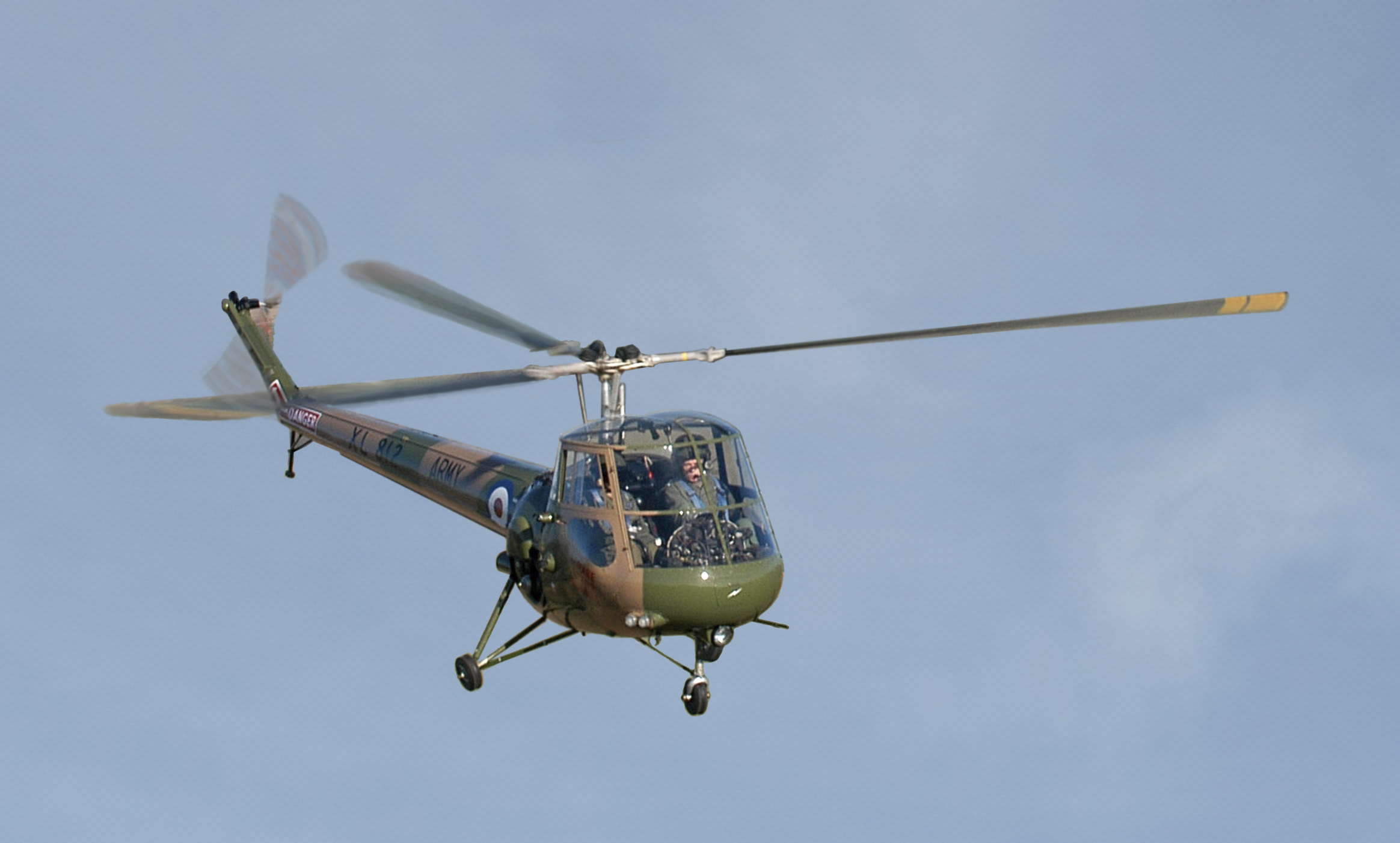Skeeter
- Manufacturer: Saunders-Roe (Saro)
- Model: Saunders-Roe Skeeter
- Year built:
- Aircraft Type: Rotary wing single engine
- Number of Seats: 2
- Number of Engines: 1
- Engine Type: 4-cylinder air-cooled inverted
- Engine Manufacturer and Model: De Havilland Gipsy Major
- Civil registration: G-SARO
- Military registration: XL812
The Skeeter aircraft
The Saunders-Roe Skeeter is a two-seat training and scout helicopter that was developed and produced by British manufacturer Saunders-Roe (Saro) of Cowes and Southampton, in the United Kingdom. The fuselage is all metal construction and the main rotor-blades make use of a composite construction, using a steel-tube spar that was bonded to wooden veneers, formers, and ribs, as well as brass balance-weights; these reportedly delivered a cost-effective and relatively simplistic rotor blade that also possessed favourable fatigue properties.
The Skeeter in Army Service
In September 1957 the Skeeter entered military service and served with the British Army Air Corps, the German Navy and the German Army. It has the distinction of being the first helicopter to be used by the Army Air Corps (AAC) and was used until 1967. The HAAF Skeeter XL812 was delivered to the AAC in March 1959 and served until 1967.
The British Army ordered 64 Skeeter 6’s, to be designated as the Skeeter AOP.12 (Air Observation Post (AOP) – artillery direction & control), Several Skeeter AOP.12s were operated by the Central Flying School of the Royal Air Force. Thirty-two Skeeters are known to still exist, 1 in Australia, 1 in The Netherlands, 1 in Poland, 8 in Germany and 21 in the UK. None of the remaining Skeeters are airworthy and the Historic Army Aircraft Flight (HAAF) one last flew in 2006.

